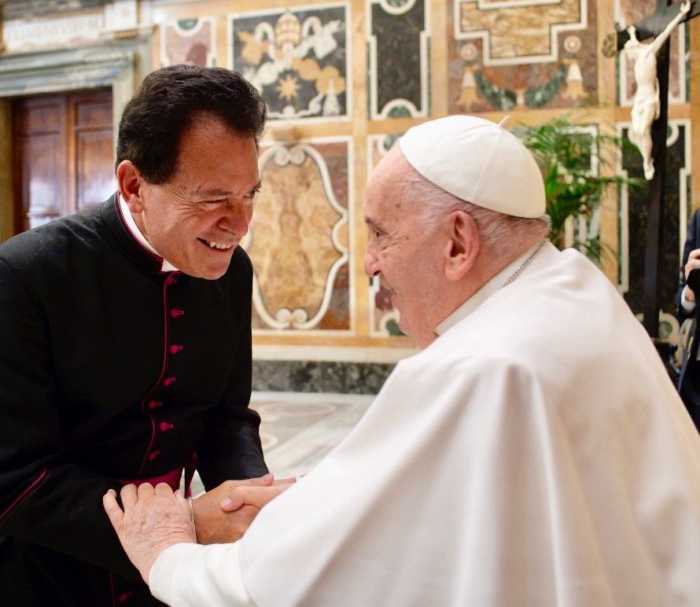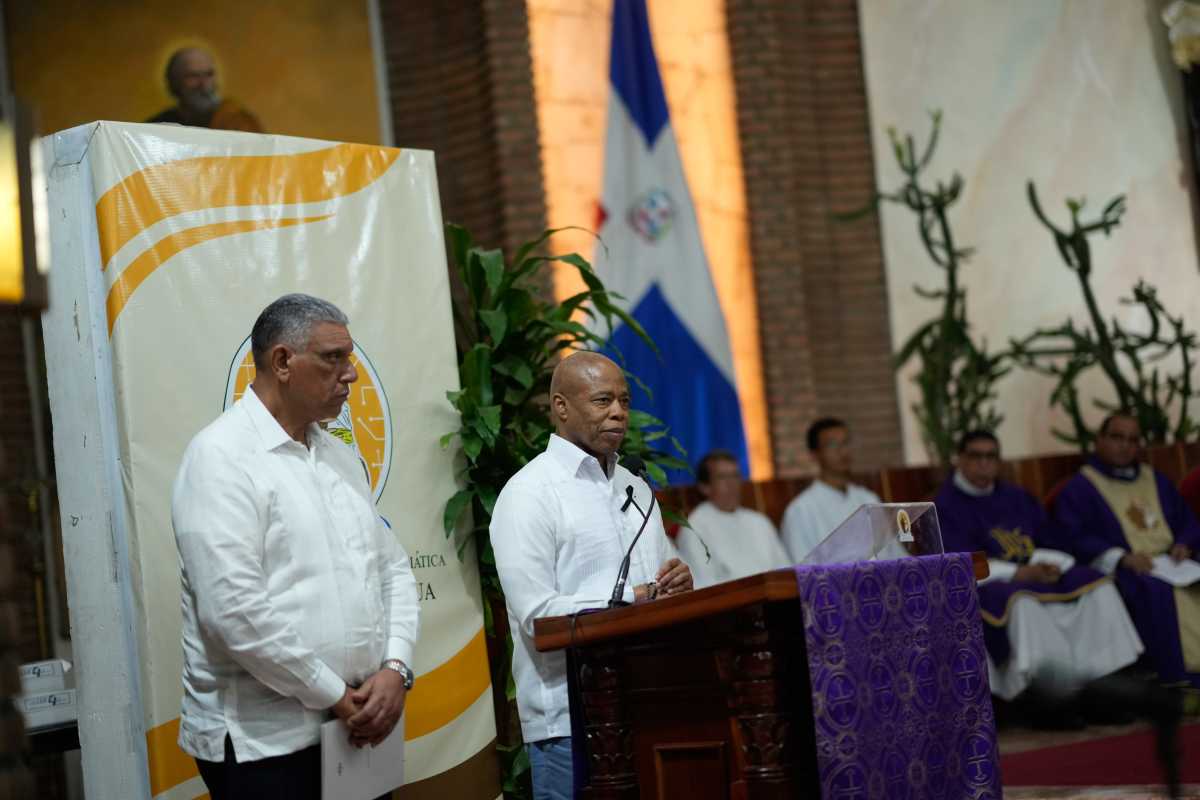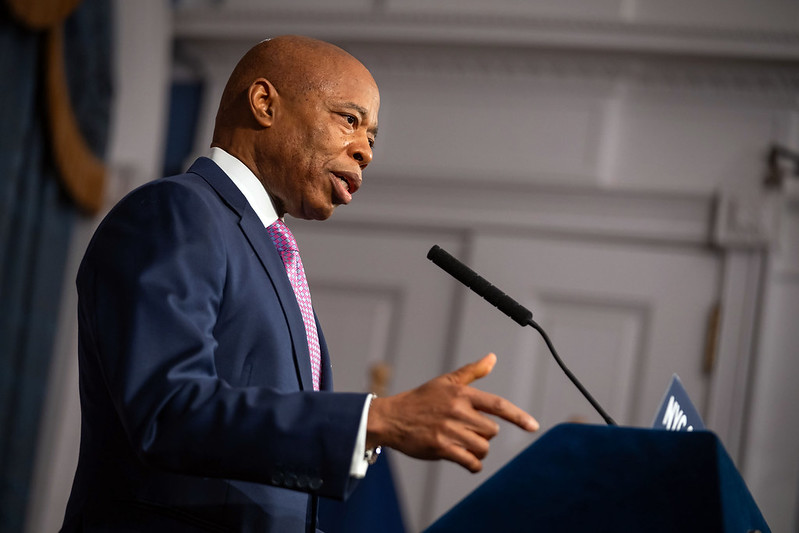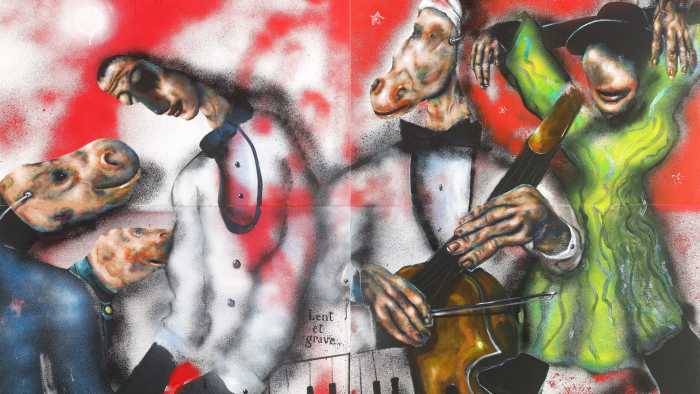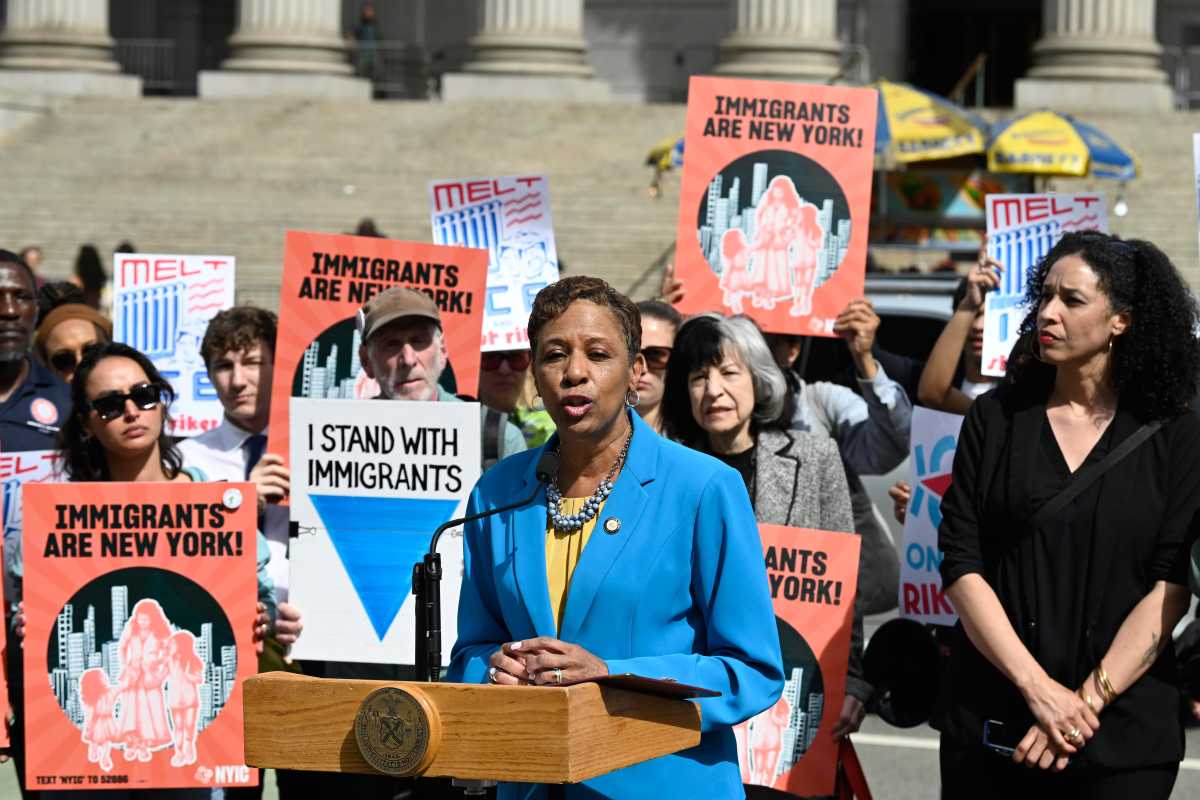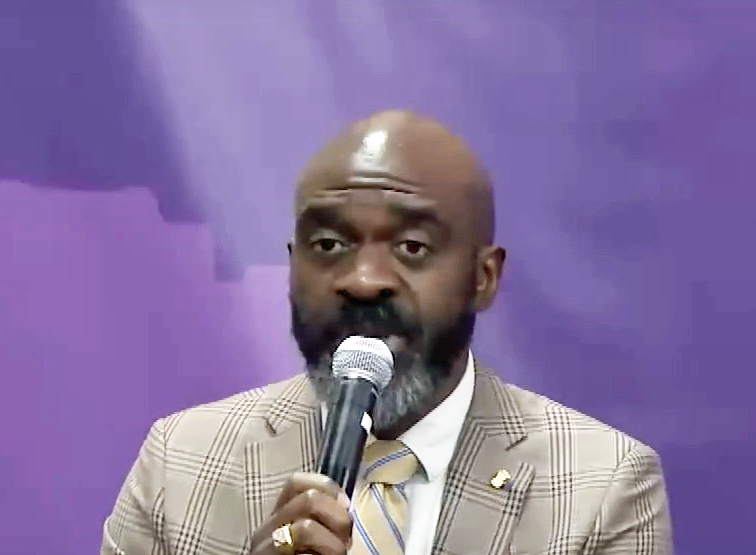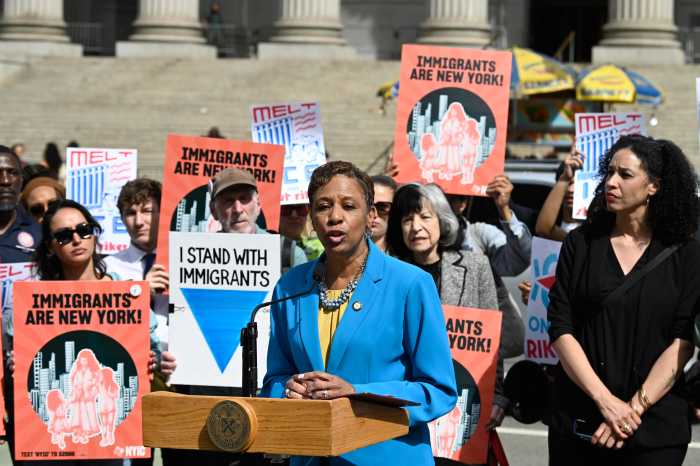To the Editor,
This is in answer to the letter from Sunny Lowe, of Boerum Hill, in which she laments the changes of her neighborhood (“Changing Brooklyn,” Sound Off to the Editor, online Feb. 17).
I know exactly how she feels. A lot of people don’t know where my neighborhood is, and I explain it is between Midwood and Sheepshead Bay.
In this area, the main shopping street is Kings Highway. At one time, it was the epitome of fine shopping — the best clothing for men, women, and children. The street was clean, and you didn’t have to watch out for people not looking where they are going because they are on their phones. There were no bikes ridden on the sidewalk. There were no empty stores.
Now, all that has gone by the wayside. In the span of eight short blocks, there are about 17 banks — banks next door to each other, directly across the street from each other, diagonally across from each other, and more than one on a block, obviously.
We have shlock stores, and on every block there is an “anteka,” which is a Russian drugstore. They have children’s salons, sell children’s cothing, toys, and some sell adult hats and shoes, or pots and pans and other household items. Drugs seem to be a sideline.
We have a lot of empty stores, and when Payless goes, there will be another one, a large one. Two stores have just gone out. The street and surrounding areas are full of litter, and storekeepers put bags of garbage and cartons near light poles. The people who are moving into the area obviously come from areas where sanitation is unknown. The stores where we knew the owners are all gone. We have a lot of medical buildings, but no parking provided. CVS, Modells, and Planet Fitness have opened. There is a sign on the building that belongs in Times Square. Of course, there is no parking provided either.
How sad to see this once-great street fall into such disrepair.Rowena Lachant
Madison
Dignity for all
To the Editor,
I was deeply moved by Bob Capano’s column in the Bay News (“Every person deserves dignity in their last days,” March 8–15), both by his concern for his terminally ill aunt and by the excellent care she is receiving in the new hospice at Brooklyn–Calvary Hospital. I share Mr. Capano’s concern about the millions of ailing and terminally ill people who will never receive that kind of care or attention.
My mother died in a nursing home in the year 2000. The home was well-kept and nicely decorated, but, like every other nursing home and hospital I have ever encountered, it was underfunded and understaffed. Patients had to wait endlessly to be bathed or fed because each nurse, aide, or attendant had so many patients to care for. I saw the same problem at the hospitals my husband was sent to many times during the last years of his life. I also observed that many aides, attendants, and volunteers were improperly trained, or not trained at all, in how to treat a sick, confused, frightened, or helpless patient as a living, breathing human being. I shall never forget the man who suddenly grabbed my mother’s wheelchair, with her in it, and started racing down the hall with it. My mother started screaming. I grabbed the wheelchair and stopped him and asked what he was doing. He said he was taking my mother to the occupational-therapy room. I tried to explain to my mother where she was going and wheeled her very slowly into the therapy room. It never seemed to occur to this obviously untrained young man that my mother was a living person and not a sack of potatoes.
Our governments — state, local, and federal — need to allocate enough money for hospitals, nursing homes, and hospices to hire and adequately train sufficient staff and volunteers to meet all the needs of the living, breathing patients who depend upon them. We also need free health and preventative care for those who do not have sufficient insurance. With adequate, affordable healthcare, far fewer people would wait until they got seriously ill to seek healthcare. In the long run, healthcare costs for all would go way down.
Unfortunately, our wealthy president has none of these worries and is opposing any measures to improve the healthcare system in our country or to improve the polluted environment that is adding to our health problems. I think that all Americans, regardless of party affiliation, must fight for better healthcare and a cleaner environment for all.
We need a president and a Congress who care more about our health and our environment than about how much money they can get from the wealthy industrialists and firms who are polluting our environment. Hopefully, in 2020, the American voters will find and elect a president who can and will bring about the changes America and the rest of the world need to improve the health and well-being of all of Earth’s citizens. Elaine Kirsch
Gravesend
Gone to ‘EL’
To the Editor,
Larry Penner, myself, and many other writers — and insiders, for that matter — have been foretelling, for years, the harrowing problems the subway and elevated systems are facing. While politicians and other officials unveil multi-billion dollar schemes for futuristic signal and control systems, the rest of the supporting structures have been allowed to deteriorate. It is no wonder that pieces are falling off the elevated structures. They, being in excess of a century old, are in dire need of rehabilitation.
While politicians bicker over funding and finger point in the never-ending blame game, the Council Speaker, Johnson, comes up with yet another “batty” scheme. Let the city take over NYC Transit Authority operations. He’s calling it “Big Apple Transit – BAT,” but maybe it should be “Rotten Apple Transit,” due to the way most other city-run facilities are failing. It’s yet another sad attempt to fix with politics a broken system.
Johnson seemingly does not understand the intricate history of the city’s transportation systems. That novel idea of a city takeover, from the turn of the 1900s through the formation of the MTA in the late ’60s, proved to be an utter failure. Lack of funding, system deterioration, and bankruptcies forced an umbrella agency, or MTA, to take things over and turn things around. And now, city officials want to repeat history by inaugurating the same old problems once again.
New York needs a strong regional transportation organization, able to arrange adequate “politics-free” funding to maintain systems and subsystems. Remove the political hacks on the MTA board and replace them with the rail and bus professionals that can achieve positive results by making things work again. Failing this, I guess the grumbling of passengers will continue as they wait for their trains and buses, hoping nothing new falls off the Els.Robert W. Lobenstein
Sheepshead Bay
Transit transition
To the Editor,
Council Speaker and 2021 mayoral candidate Corey Johnson is correct that City Hall can actually regain control of the both the NYC Transit subway and bus systems and create his proposed “Big Apple Transit.” All have long forgotten that buried within the 1953 master agreement between the city and NYC Transit is an escape clause. New York City has the legal right to take back at any time control of its assets. This includes the subway and bus systems.
In 1953, the old NYC Board of Transportation passed on control of the municipal subway system, including all its assets, under a master lease and operating agreement to the newly created NYC Transit Authority.
Regaining total control comes with a number of financial liabilities. City Hall will have to negotiate with both the governor and state Legislature over how much of the MTA’s $40 billion long-term debt and billions more in employee pension, health insurance, other benefits and liabilities come with the package. The city would also inherit a series of union contracts and work rule agreements. You also have to develop a plan for turning over management for billions in hundreds of ongoing capital improvement projects that are already under way. Don’t forget current purchases for several thousand new subway cars and buses.
NYC Transit bus and subway are the largest transit operators in the nation with a fleet of 6,400 subway and 4,400 buses. MTA bus, with a fleet of 1,300 buses, is one of the top 10 bus operators in the nation. It is the equivalent of attempting to manage a Fortune 500 corporation. Does the city have the technical capacity to take on such an undertaking to support creation of the new “Big Apple Transit”?
Neither the city’s Department of Transportation or any other city agency has any experience in management of either subways or buses.
Larry Penner
Great Neck


